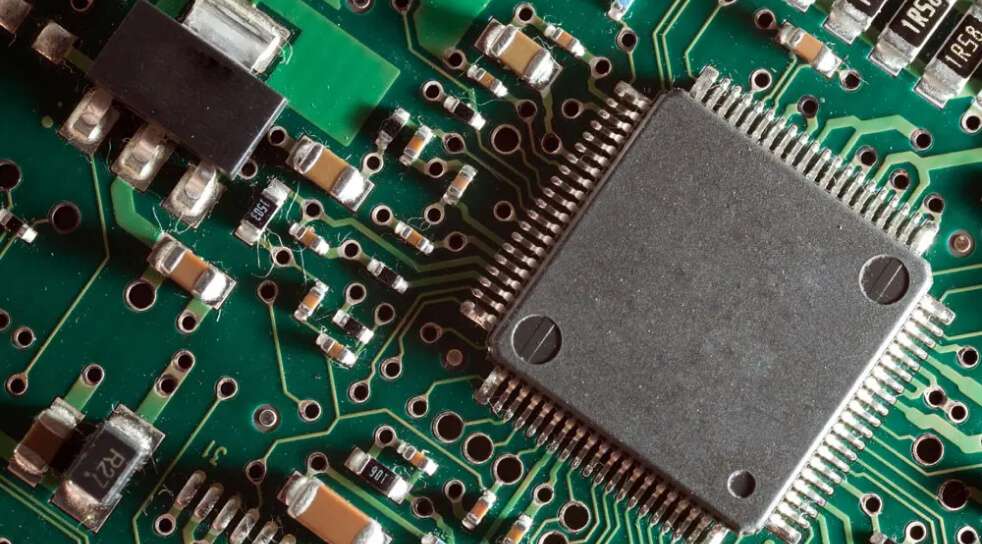 By Admin
By Admin
 11 Apr 2025
11 Apr 2025

PCB design for assembly guidelines covers a wide range of factors, including component placement, PCB layout, and design rules. Component placement is one of the most crucial aspects of PCB design for assembly guidelines. Proper component placement ensures that the components are easily accessible during the assembly process, making it easier to solder them onto the PCB. PCB layout is another critical aspect of PCB design for assembly guidelines. The layout should be optimized for the assembly process, with components placed in a logical and organized manner. Design rules are also essential in ensuring that the PCB design is optimized for the assembly process. These rules cover factors such as trace width, spacing, and via placement.
Overall, following PCB design for assembly guidelines is essential for ensuring a smooth and efficient manufacturing process. By optimizing the PCB design for assembly, manufacturers can reduce costs, improve quality, and speed up the assembly process.
We're pleased to be welcoming customers to join us.




